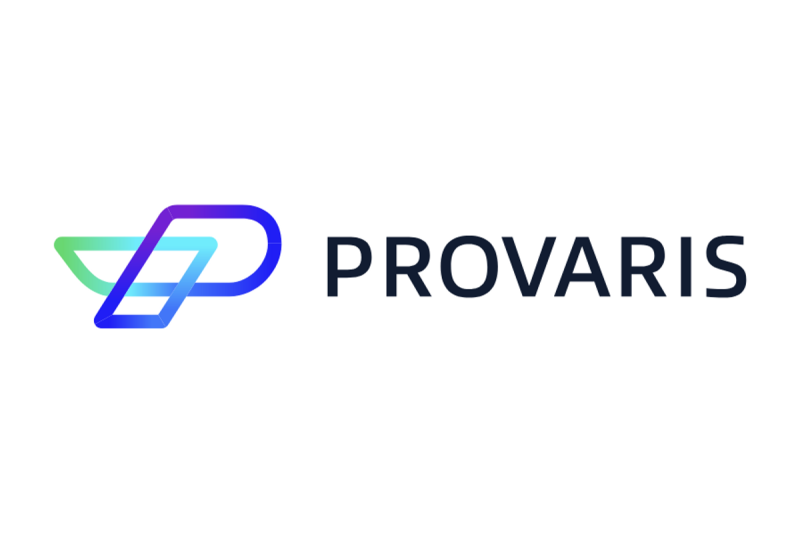The link provided offers insight into substantial holder Regal Funds Management Pty Ltd. holding a significant stake in a particular entity. This highlights the importance of monitoring ownership changes within a company and the impact it can have on stakeholders and the market. Let’s delve deeper into the intricacies of substantial holders and their significance.
Understanding the Concept of Substantial Holder
In the financial realm, a substantial holder is an individual or entity that holds a significant portion of shares in a particular company. This designation is crucial as it indicates that the holder wields substantial influence over the company’s decisions and governance. It also serves as a key indicator of the level of ownership concentration within the company.
Regulatory Requirements for Substantial Holders
Regulatory bodies typically require substantial holders to disclose their holdings once they exceed a certain threshold. This disclosure is aimed at enhancing transparency and ensuring that all stakeholders are aware of major ownership changes within a company. By making this information public, regulators strive to uphold market integrity and protect the interests of investors.
Impact on Stakeholders and Market Dynamics
The notification of a new substantial holder can have far-reaching implications for various stakeholders. Existing shareholders may scrutinize the new holder’s intentions and its potential impact on the company’s direction and performance. Market analysts may assess the implications of the ownership change on the company’s valuation and market dynamics.
Potential Strategies for Substantial Holders
Substantial holders often have diverse strategies when acquiring significant stakes in companies. Some holders may seek to actively engage with the company’s management and influence strategic decisions. Others may adopt a more passive approach, focusing on long-term value creation through steady ownership.
Challenges and Considerations for Substantial Holders
While holding a substantial stake comes with significant influence, it also brings forth challenges and responsibilities. Substantial holders need to navigate regulatory requirements, market volatility, and shareholder expectations adeptly. Additionally, they must balance their short-term goals with the company’s long-term sustainability and growth prospects.
Conclusion
The presence of substantial holders in companies underscores the dynamic nature of ownership structures and their impact on stakeholders and market dynamics. As companies navigate through evolving landscapes, monitoring substantial holder activities becomes crucial for investors, regulators, and market participants alike. By understanding the roles and responsibilities associated with substantial holders, stakeholders can better assess the implications of ownership changes and make informed decisions in the ever-changing world of finance.

























